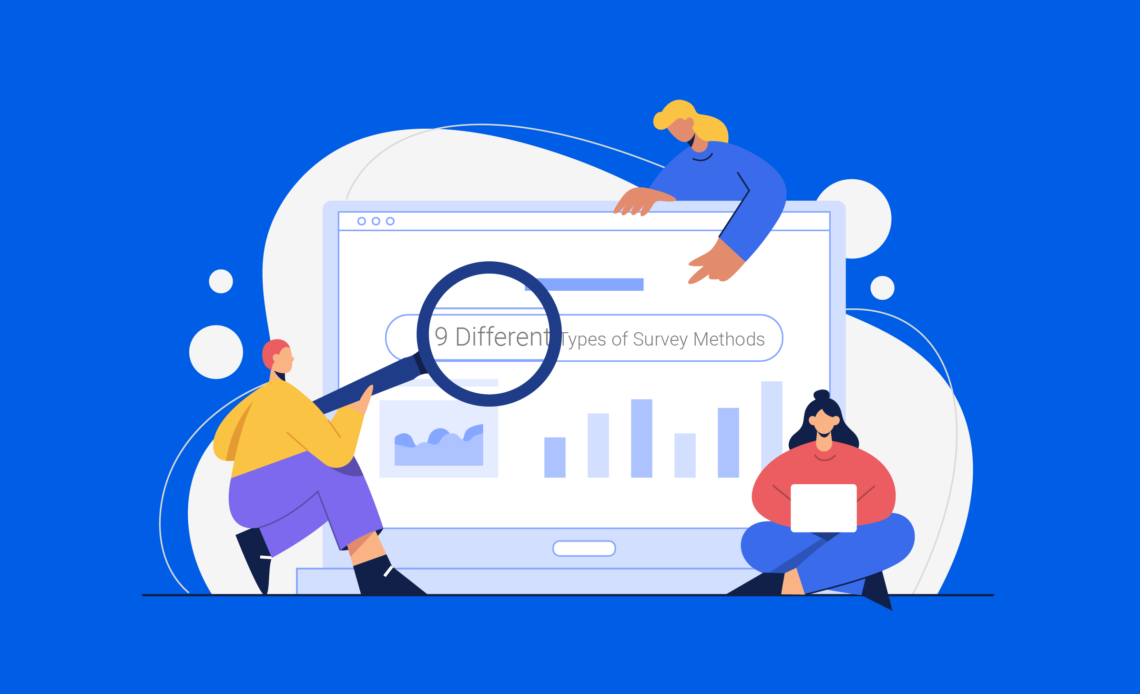One question that often arises in online surveys is why some surveys pay more than others. As a participant, survey payouts range from a few cents to several dollars. This disparity in payment can be puzzling and may leave you wondering what factors influence the amount you can earn.
Survey length and complexity
The primary factors that influence survey payment are the length and complexity of the survey itself. Longer and more complex surveys tend to pay more than shorter and simpler ones. This is because longer surveys require more time and effort from participants, often covering more in-depth topics or involving a more significant number of questions. Complex surveys may include open-ended questions, detailed product evaluations, or extensive demographic information. These surveys demand more cognitive effort and thoughtful responses from participants, justifying higher compensation. On the other hand, shorter surveys that can be completed quickly and with minimal effort usually offer lower payouts analysis of best paid surveys.
Target audience and demographics
The factors that impact survey payment are the target audience and demographics. Surveys for specific or niche demographics often pay more than general population surveys. This is because reaching and gathering insights from particular groups can be more challenging and valuable to market researchers. For example, suppose a survey targets a highly sought-after demographic, such as high-income earners, business professionals, or individuals with specialized knowledge. In that case, the payment is likely to be higher. These demographics are often harder to reach, and their opinions are considered more valuable due to their influence and purchasing power.
Market demand and client budget
The market demand for a particular survey and the client’s budget also plays a role in determining the payment amount. When a company or market research firm has a high demand for specific insights or a pressing need for data, they may be willing to pay more for survey responses. If a client has a larger budget allocated for a research project, they can offer higher incentives to participants to encourage participation and gather the required data quickly. On the other hand, if a client has a limited budget, the survey payouts may be lower to accommodate the financial constraints.
Qualification criteria and screening process
Surveys with stringent qualification criteria and a more extensive screening process often pay more than those with more relaxed requirements. When a survey seeks a particular target audience or requires participants to meet specific criteria, the pool of eligible respondents becomes smaller. To compensate for the increased difficulty in finding qualified participants, market research firms may offer higher payouts to incentivize and attract the right individuals. Screening may involve answering qualification questions or providing proof of specific characteristics or experiences.
Survey topic and industry
The topic and industry of a survey can also influence the payment rate. Some industries, such as healthcare, technology, and finance, pay more for survey participation due to the specialized knowledge and expertise required from respondents. Surveys that cover sensitive or controversial topics may also offer higher payouts to encourage participation and compensate for participants’ potential discomfort or emotional investment. These topics may include personal health issues, political opinions, or sensitive product or service experiences.
Platforms that prioritize data quality and have a reputation for delivering reliable insights to clients can command higher prices for their services, translating into better payouts for participants who contribute to the high-quality data collection process.

